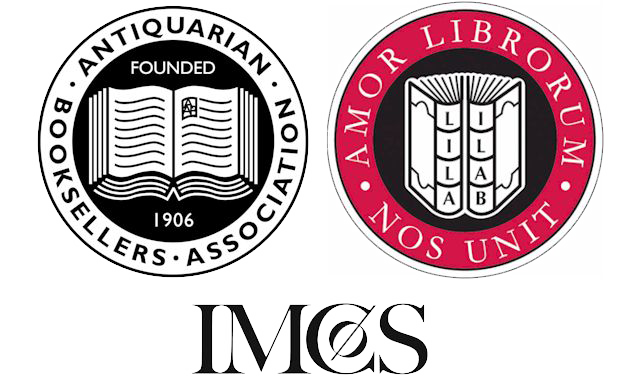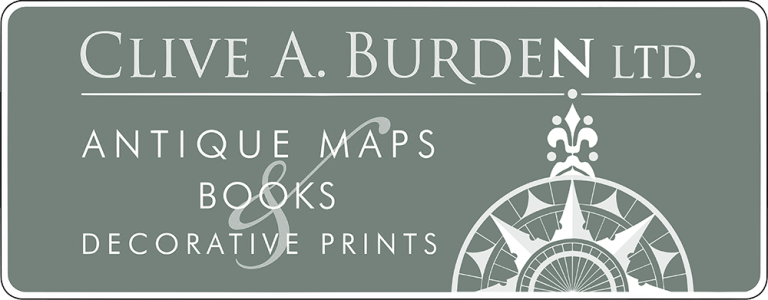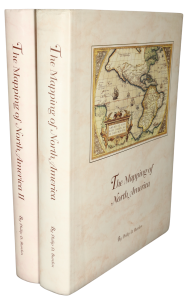Rare Maps and Prints
- World & Celestial
- North America
- West Indies, South & Central America
- British Isles
- British Isles
- English counties
- Large-scale
- Bedfordshire
- Berkshire
- Buckinghamshire
- Cambridgeshire
- Cheshire
- Cornwall
- Cumberland
- Derbyshire
- Devon
- Dorset
- Durham
- Essex
- Gloucestershire
- Hampshire
- Herefordshire
- Hertfordshire
- Huntingdonshire
- Islands
- Kent
- Lancashire
- Leicestershire
- Lincolnshire
- Middlesex
- Norfolk
- Northamptonshire
- Northumberland
- Nottinghamshire
- Oxfordshire
- Rutland
- Shropshire
- Somerset
- Staffordshire
- Suffolk
- Surrey
- Sussex
- Warwickshire
- Westmoreland
- Wiltshire
- Worcestershire
- Yorkshire
- Wales
- Scotland
- Ireland
- Western Europe
- Eastern Europe
- Middle East
- Africa
- Asia
- Australasia & Pacific
- Decorative Prints
- Title Pages
Mr. Philip D. Burden
P.O. Box 863,
Chalfont St. Giles, Bucks HP6 9HD,
UNITED KINGDOM
Tel: +44 (0) 1494 76 33 13
Email: enquiries@caburden.com
Sir Joshua Reynolds P.R.A. (Plympton, Devon 1723-1792 London), portrait of Colonel Isaac Barre, M.P. (1726-1802). Three quarter length, in a red, gold-embroidered coat and waistcoat, with a map of North-East America, on which Virginia is marked with red boundary, a coastal landscape beyond. Isaac Barre was an army officer and later entered politics under the wing of Lord Shelburne, distinguishing himself as a formidable orator and champion of the American colonists. After studying at Trinity College, he joined the 32nd regiment of foot as an ensign in 1746, and was promoted to lieutenant in 1755, and captain in 1756. He served under Wolfe on the Rochefort expedition of 1757, when he first met Shelburne, and afterwards in Canada where he was appointed adjutant-general, fighting at both Louisbourg (1758) and Quebec (1759). In the Quebec expedition, in which his patron Wolfe was killed, Barre was wounded by a bullet in the cheek and lost the use of his left eye, and was among the group gathered around the dying Wolfe. Returning to England in September 1760, he failed to gain promotion in the army despite his achievements, and turned to Shelburne for help. After undertaking a tour of Shelburne’s Irish estates, he was advanced to lieutenant-colonel of the regiment of 106th Foot at Shelburne’s instigation, and in 1763 was appointed to the lucrative posts of adjutant-general to the British army and governor of Stirling Castle. Shelburne introduced him to Lord Bute and brought him into parliament for his borough of Chipping Wycombe (1761-1774), and then for Calne (1774-1790). One of the few self-made soldiers in parliament, Barre became one of Shelburne’s principal supporters in the House of Commons. In his first political speech, he vehemently attacked the absent war minister William Pitt, renewing this assault the next day to Pitt’s face. This caused a sensation, and set the tone of a long and colourful parliamentary career in which he acquired a fearsome reputation as an orator. Barre’s knowledge of North America made him a champion of the colonists, whom he famously dubbed ‘Sons of Liberty’ while opposing the intended Stamp Act, which nevertheless passed on February 6, 1765. Barre shared a common aim with Charles Pratt, 1st Earl Camden, in their opposition to the the Stamp Act. In his first speech to Parliament Lord Camden had attacked it on the grounds of ‘no representation without taxation.
Provenance George Charles Pratt, 2nd Marquess Camden, K.G., by 1833; thence by descent Exhibited London, British Institution, 1833, No. 20; London, British Institution, 1846, No. 24; South Kensington, National Portrait Exhibition, 1867, No. 680; London, Royal Academy, 1880, No. 17 Literature C. R. Leslie, Life and Times of Sir Joshua Reynolds, London, 1865, I, pp. 257-8. A. Graves and W. V. Cronin, A History of the Works of Sir Joshua Reynolds, London, 1899, I, p. 52. E.K. Waterhouse, Reynolds, London, 1941, p. 57. P. Brown, The Chathamites, A study in the Relationship between Personalities and ideas in the second half of the Eighteenth Century, London, 1967, p. 199. D. Mannings, Sir Joshua Reynolds: A Complete Catalogue of his Paintings, New Haven and London, 2000, I, p. 74, no. 114, II, fig. 872.
Provenance George Charles Pratt, 2nd Marquess Camden, K.G., by 1833; thence by descent Exhibited London, British Institution, 1833, No. 20; London, British Institution, 1846, No. 24; South Kensington, National Portrait Exhibition, 1867, No. 680; London, Royal Academy, 1880, No. 17 Literature C. R. Leslie, Life and Times of Sir Joshua Reynolds, London, 1865, I, pp. 257-8. A. Graves and W. V. Cronin, A History of the Works of Sir Joshua Reynolds, London, 1899, I, p. 52. E.K. Waterhouse, Reynolds, London, 1941, p. 57. P. Brown, The Chathamites, A study in the Relationship between Personalities and ideas in the second half of the Eighteenth Century, London, 1967, p. 199. D. Mannings, Sir Joshua Reynolds: A Complete Catalogue of his Paintings, New Haven and London, 2000, I, p. 74, no. 114, II, fig. 872.
REYNOLDS, Sir Joshua
Portrait of Colonel Isaac Barre, M.P.
c.1765
Oil on canvas 1270 x 1125 mm., Post War relining, craqueleure and shrinkages throughout, extensive retouching and repainting visible under UV light.
Stock number: 6052
SOLD








